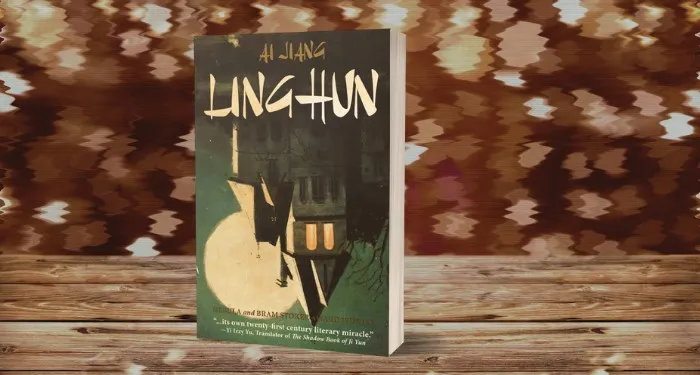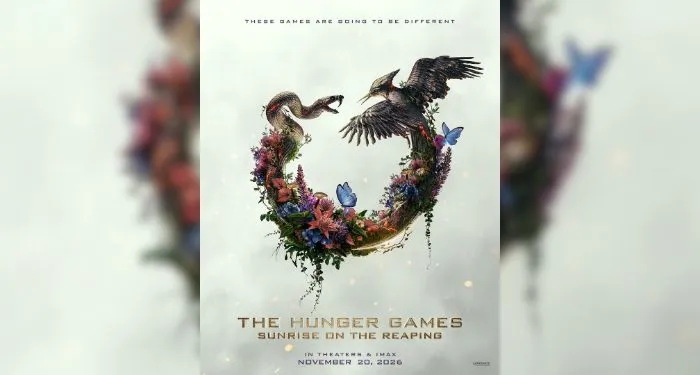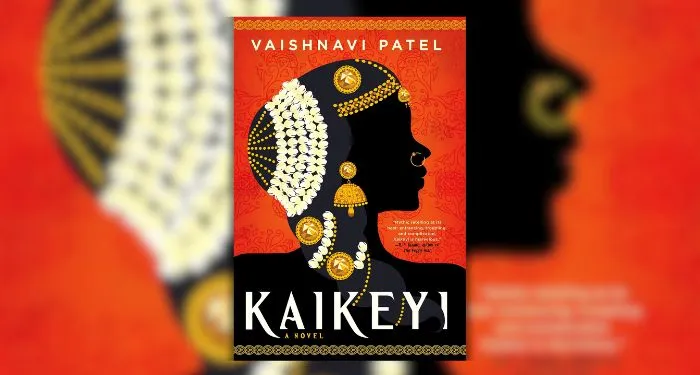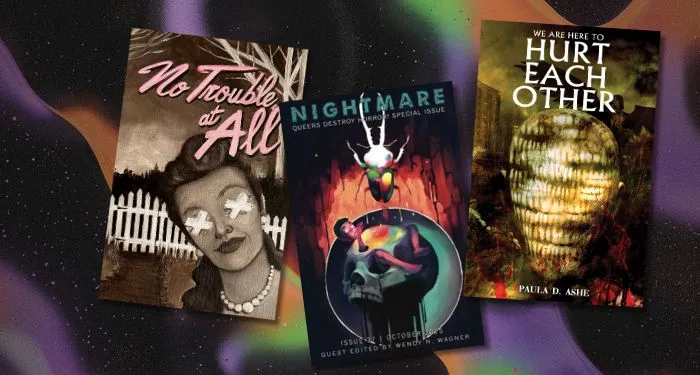In response to:
Questions of Compression from the October 23, 2025 issue
To the Editors:
I would like to correct Ange Mlinko’s misrepresentations of my memoir Black Dog of Fate (1997) and respond to her reading of my poem New York Trilogy [“Questions of Compression,” NYR, October 23]. My father’s family did not flee Turkey after the 1890s Armenian massacres but lived through the 1915 genocide, only fleeing in 1922. She states that my father’s “sister and her husband” hosted literary salons in Manhattan with William Saroyan and Allen Ginsberg, and that I was a “starstruck…teenager” at those parties. My two aunts who hosted the parties and to whom I devote chapters were Nona Balakian, an editor at The New York Times Book Review, and Anna Balakian, a professor and prominent literary scholar. I was far from a starstruck teenager when as a poet in my twenties I cast a satiric eye on the celebrated Saroyan at Nona’s. Nor did my aunts host Allen Ginsberg. I did. As a college senior on my campus in 1973 about which I wrote a chapter.
Mlinko’s use of my memoir Black Dog of Fate as a frame for my poem may offer a brief bio but has little relevance to the poem. That book is a story about the long shadow the Armenian genocide cast across generations of my family. Claiming the lines “I once picked Armenian bones out of the dirt” appear early in the opening sequence of the book, as if this were a cue, is incorrect. Those lines appear in the forty-seventh section of the book. Only two sections of the 143 sections deal directly with the Armenian genocide; another related dozen deal with a film crew in Syria. The poem’s center is New York City from the 1960s to the early twenty-first century; time and memory, jazz, intimate relationships, and events such as September 11, AIDS and the climate crisis, the Vietnam and Iraq Wars, emanate from it. That she prefers my memoir to my poem strikes me as a moot comparison between very different texts of different genres.
She claims that my poetic strategies don’t engage a deeper kind of transformation characterized by a poetics she attributes to James Merrill or Wallace Stevens, which she finds more to her liking and at work in the poems of Agnes Estes also reviewed here. My poetics she claims is part of confessional and witness poetry, thus tinted with journalism. Poets have their aesthetic tastes, and poets reviewed accept that, but aesthetic performances deserve to be greeted in their own paradigms. Trilogy is a multisequenced long poem that does not rely on more traditional “slow,” “compression,” and “thickening.” My poem works by multisequencing; in each of the three book-sections there are four narratives, and the reader must gather each piece of the narrative as it unspools and connect it to its antecedents—that yields compression. Each of the four narratives are in conversation with the other three, and each of the three book-sections are in conversation with the other two. The numbered sections within each book-section are not “snapshots” as she claims, but highly organized parts of each long narrative. New York Trilogy comes out of an American long poem poetics defined by Whitman, Williams, Olson, and Rich. I’m sorry Mlinko “skimmed the poem” as she says she felt prompted to.
Peter Balakian
Hamilton, New York
I presume Peter Balakian meant Angie, not Agnes, Estes. Perhaps he skimmed the review.



















 English (US) ·
English (US) ·